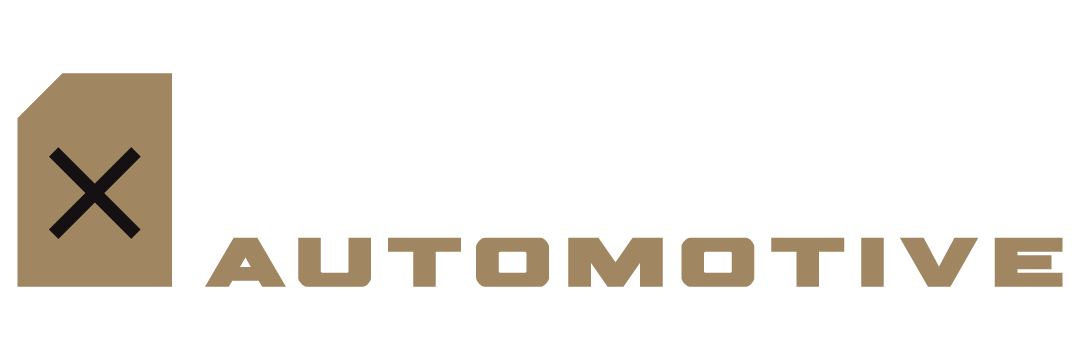Just because my Toyota Tacoma came with a passenger(P) rated tire does not mean that is the correct tire for me to keep installing on my truck. For my hobbies and driving style I have now installed a light truck(LT) rated tire. I wanted to write this blog in attempt to save you buying multiple tires before finding the most suitable and safest tire for your needs.
The by the book answer I should give you is.....when its time to replace your existing tires you need to replace with an equal to or greater than speed(aka performance) and load rating than what was on your vehicle from the factory. Speed ratings are represented on your tires by a letter and load ratings are represented by a 2 or 3 digit number. Contact me if you are unsure of the factory specifications for your vehicle, I want you and your family to be safe.
Please find a table below for more technical information on what those numbers and letters represent. For your safety please do not put a lower speed rating, lower load rating or a "P" rated tire on a truck that is required to have an "LT" rated tire. If you do choose to change your factory tire specifications I hope this article makes you more informed.

Lets review the tire change I made on my truck.
- 2010 Toyota Tundra stock tires P275/55R20
111(2403 lbs per tire) H(210km/hr)
- Current tires LT35x12.50R20 BFG K02
121(3197lbs) R(170km/hr)
When we look at the load rating the tire is very safe as we have exceeded the requirements. Now some people may want to call me an idiot as I have installed a lower speed rating on my truck from factory, please don't stop reading now. This definitely can be a concern for a tire shop by taking on this liability, in fact most tire shops will tell you they won't install this tire on your truck. The beautiful thing about my truck is I have a Bully Dog GT Tuner and therefore can change my speed limiter. I have now reduced my speed limiter to 170km/hr so myself or someone else can't exceed the performance rating of the tire I have installed.
Please find below a summary and more details on the differences of Passenger and Light Truck rated tires;
1. P tires refer to Passenger tires and LT refers to Light Truck tires.
LT tires are constructed of more tread ply's. Tread ply's are the layers of material found inside of the tire(see featured image) LT tires are made with tread ply's of 6(C), 8(D),10(E) or 12(F). P tires only have a 4(B) ply load range.
2. P rated tires are lighter weight when compared to LT tires.
I have found that I have been able to get better fuel economy when running P rated tires. The extra rotational weight also steals more power from the engine for acceleration and will increase the length of your emergency stops. If economy or vehicle performance is high on your list P rated is the best option. In a comparison of the General Grabber AT2 tire, the P rated tire is 41.7 lbs when the LT(10 ply) rated tire is 48.5 lbs.
3. P rated tires offer a smoother ride quality and better bump absorption.
I feel the small cracks and bumps on road way more with LT rated tires. Please note LT tires usually run higher tire pressures which can also be a factor of this feedback. If smooth ride is high on your list P rated is the best option.
4. LT tires are stronger when compared to the P rated tires.
Due to the tire having more tread ply's and in some cases even more sidewall tread ply's you can get higher load ratings and more tire durability. I primarily use LT rated tires because I carry a lot of weight when overlanding and drive on terrain with jagged rocks and sharp sticks. If a high load rating or tire resistance to punctures is high on your list LT rated is the best option.
5. LT tires can offer 3 ply sidewalls while all P rated have 2 ply side walls.
A common weak spot of our tires when offroading is the sidewall. When going with a LT rated tire you can find companies that upgrade from a 2 ply to a 3 ply sidewall, this can help reduce tires punctures. If resistance to sidewall punctures is high on your list LT rated tires with 3 ply sidewalls are the best option.
6. LT tires are made of more aggressive treads than the P type tires.
This may be a generality but it is very rare to get mud terrain treads in a P rated tire. All terrain and Hiway tire treads can be found in most cases P and LT rated tires. However an example like the BFG All Terrain KO2 is only available in LT rated versions.
7. P rated tires have better tread wear warranty
This is a generality, however it is much easier finding a tread wear guarantee from a tire manufacturer when you buy P rated vs LT rated tires.
If you are torn between which is best for you, don't forget about LT rated 6 ply tires. These usually come with a 2 ply sidewall and are a nice middle ground between P rated tires and LT rated 10 ply tires.





